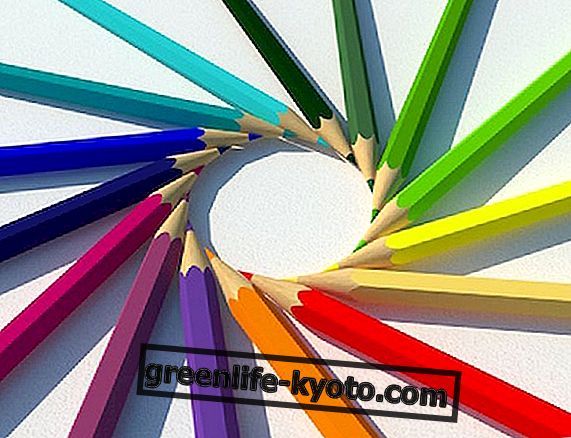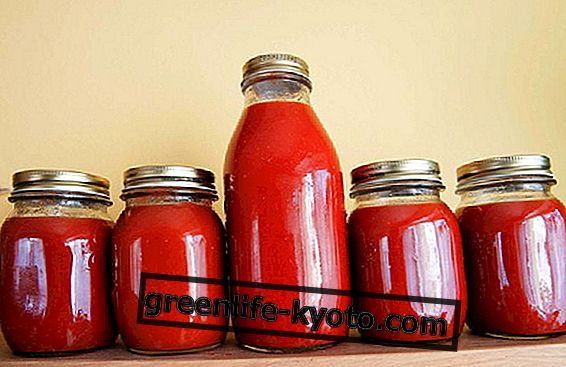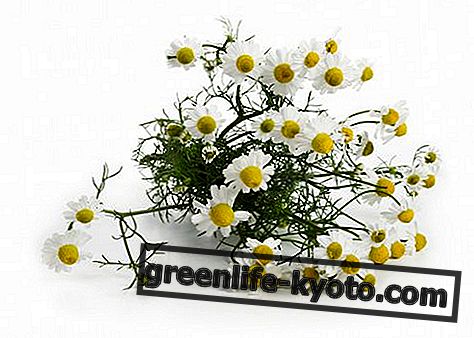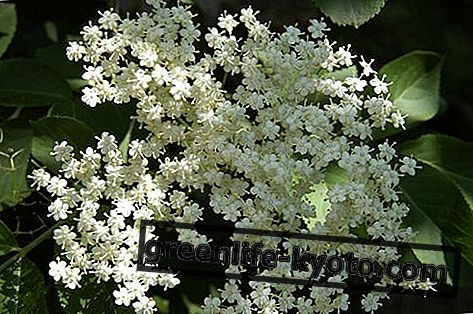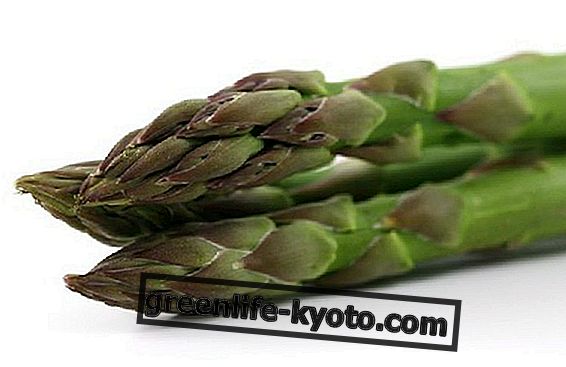
Horseradish, all in one plant
Cren, rustano horseradish, horseradish: there are various ways to call the same perennial herbaceous plant originating from Russia and Eastern Europe in general, where it was known already many years ago.
Relative of cabbage, mustard, turnip and rapan, horseradish is generally used raw, both the root, ready in autumn, and the tenderest leaves to be collected in spring, spontaneous or cultivated also in Italy between the plain and the northern mountains . But horseradish, perhaps you didn't know it, can also be eaten cooked.
Healthy and healing, the root (or rather the hypocotyl) of horseradish is stimulating for the stomach, antiseptic for the lungs and diuretic and beneficial for the urinary tract .
The grated root is also excellent to counteract cold symptoms such as colds, flu and phlegm, and to generally tone the body.
What does horseradish contain?
Horseradish contains vitamins (vitamin C, vitamin B); mineral salts (calcium, mangesio and sodium); protein and fiber . The characteristic and unmistakable taste of horseradish, which is well perceived even only by sniffing the typical Japanese wasabi paste, which contains it but in the oriental green version, is given by an essential volatile oil and spicy scent, composed of various substances, which are sulfocyanate of allyl, phenylpropril sulfocyanate, diallyl sulphide.
It is therefore good to know that 100 grams of horseradish provide about 20 calories .
Attention: this intense aroma can also cause tearing, irritation to the conjunctiva and mucous membranes and headache, so you have to be careful if you have to cook or clean it in large quantities. Its consumption during pregnancy is not recommended .
How to cook horseradish (and where to buy it)
If you are wondering where to buy horseradish, know that in Italy it is not so easily available. It can be bought at certain stalls in the north, well-stocked hypermarkets or can be found more easily online .
The horseradish root can be grated raw, taking care to then wet it with fresh lemon juice, otherwise it becomes black in the air. It can be added to salads and salads, along with beetroot, celery or carrot julienne.
It can also be eaten in the famous "horseradish sauce", to accompany dishes and main courses, and is very popular in Veneto and Hungary; or we still use grated horseradish very finely to make a simple mayonnaise more decisive .
The tender and young leaves of horseradish are harvested in the spring to enrich and flavor salads. You can make it grow or buy tasty horseradish sprouts always to be used to make certain dishes more decisive and original.
Horseradish can also be grated as a final flavoring on tomato pasta, it can be cooked together with potatoes and other soft-tasting vegetables, to create very invigorating and invigorating winter velvets, or it can be used to prepare digestive and purifying herbal teas .
Although it is not so popular in the south of Italy, it is worth mentioning the famous "rafanata" from Lucania, a kind of omelette-tortilla baked with fresh grated horseradish.
Fresh horseradish can be kept for a few weeks in the refrigerator, wrapped in a sheet of slightly damp absorbent paper; any soft parts are then removed with a small knife before using it. Horseradish root can also be frozen.
Reference book: " Il Cren. Rafano rusticano o turnforte" by Felice La Rocca, Giancarlo Chisci.
